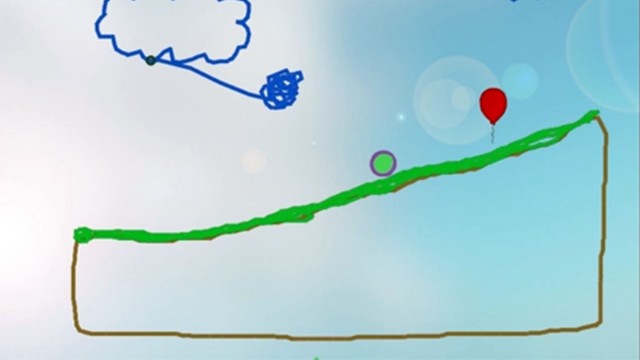
Educators have long known academic standards are only one part of nurturing a well-rounded and successful student. There are a host of other skills like creativity, persistence, critical thinking, collaboration and empathy that help make a student successful in school and in life, but are less quantifiable. Current assessment systems aren't set up to measure these very important but less measurable skills, so policymakers have focused on standardized tests that try to capture what a student knows, not how he or she can apply that information. Game-based learning has entered the assessment field with hopes of measuring both content-specific knowledge and softer skills at the same time, through the mechanics of the game.
“I believe that assessment should be open and transparent and flexible and gently surround and support student learning or groups of students learning together,” said Valerie Shute, a professor of Educational Psychology and Learning Systems at Florida State University in an edWeb webinar. She’s been experimenting with digital games as a way to more firmly link learning and assessment, hoping to show the two can happen inseparably. She’s particularly interested in how to measure improvement in the less tangible areas that are hard to measure, like creativity and persistence.
"One of the big challenges standing in the way of schools embracing some of these new skills is there is a shortage of valid ways of testing them," Shute said. To rethink assessment, Shute, among others, is trying to meld elements of good game design with specific tasks that require students to demonstrate competency to see whether games can be a valid way of formatively assessing students, especially on the hard-to-measure skills.
“Games require a player to apply all sorts of competencies in the process of playing in order to succeed,” Shute said. The best ones work as a system, requiring interactive problem-solving between the player and the game. Good games also have specific goals and rules to keep a student focused and have adaptable challenges to keep the player at a difficulty level tailored to the individual’s outer edge of “do-ability.” Kids enjoy challenging games, as long as they aren’t too frustrated. Games also offer students some control over gameplay, ongoing feedback and sensory stimuli in the form of graphics, sounds or narrative.
Those qualities mirror good learning experiences in any form. The key is to create a game that teaches the concepts students need to learn without messing up the unique engagement that good games provide. That’s where what Shute calls “stealth assessment” comes in -- it’s seamless and ubiquitous, providing important feedback to the student and creating a model of the learner that can help teachers tap the individual needs of each student.

